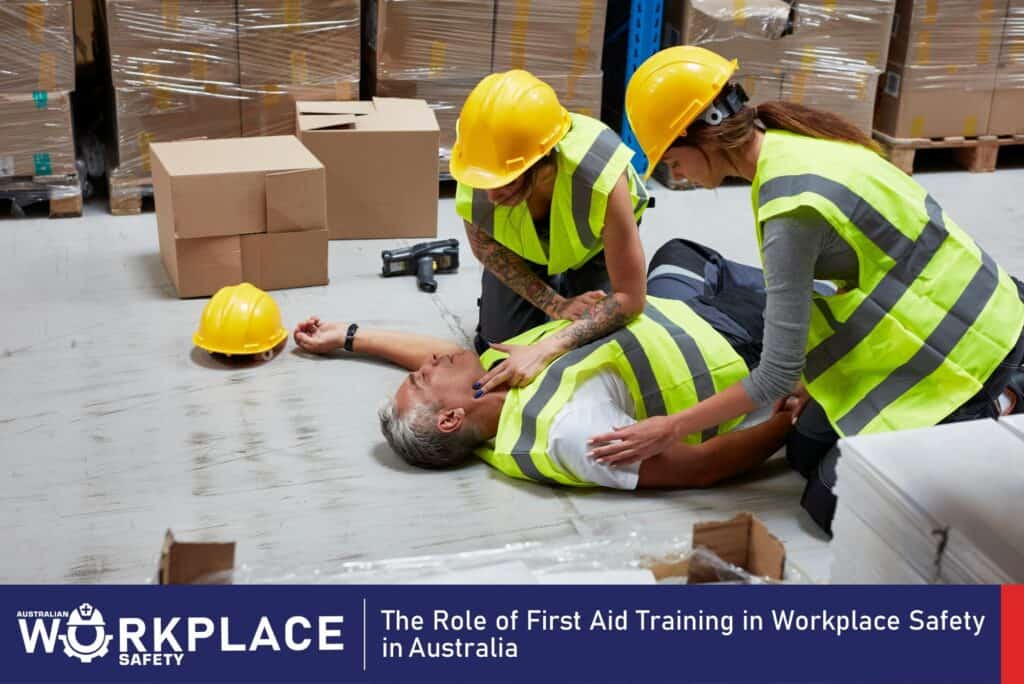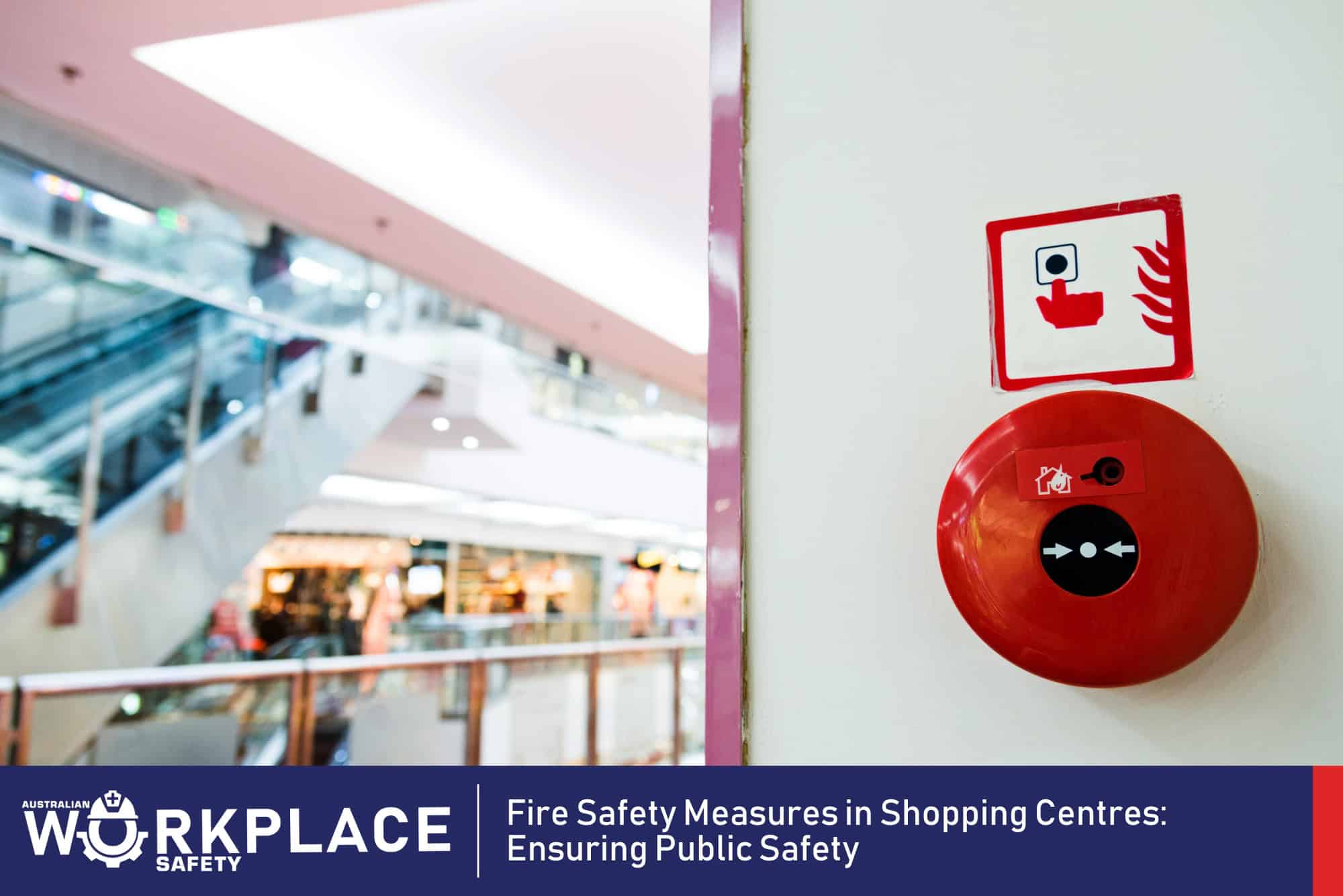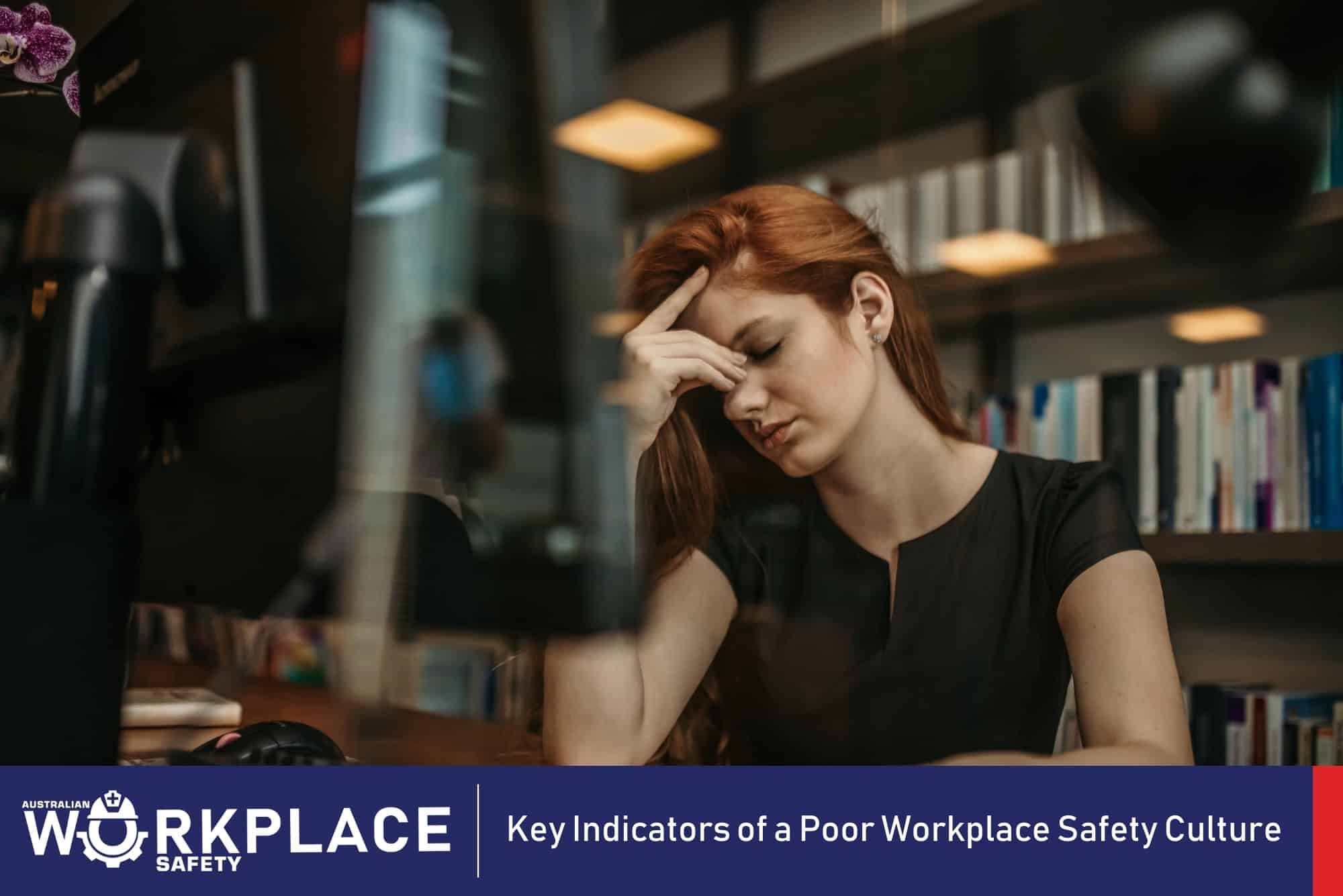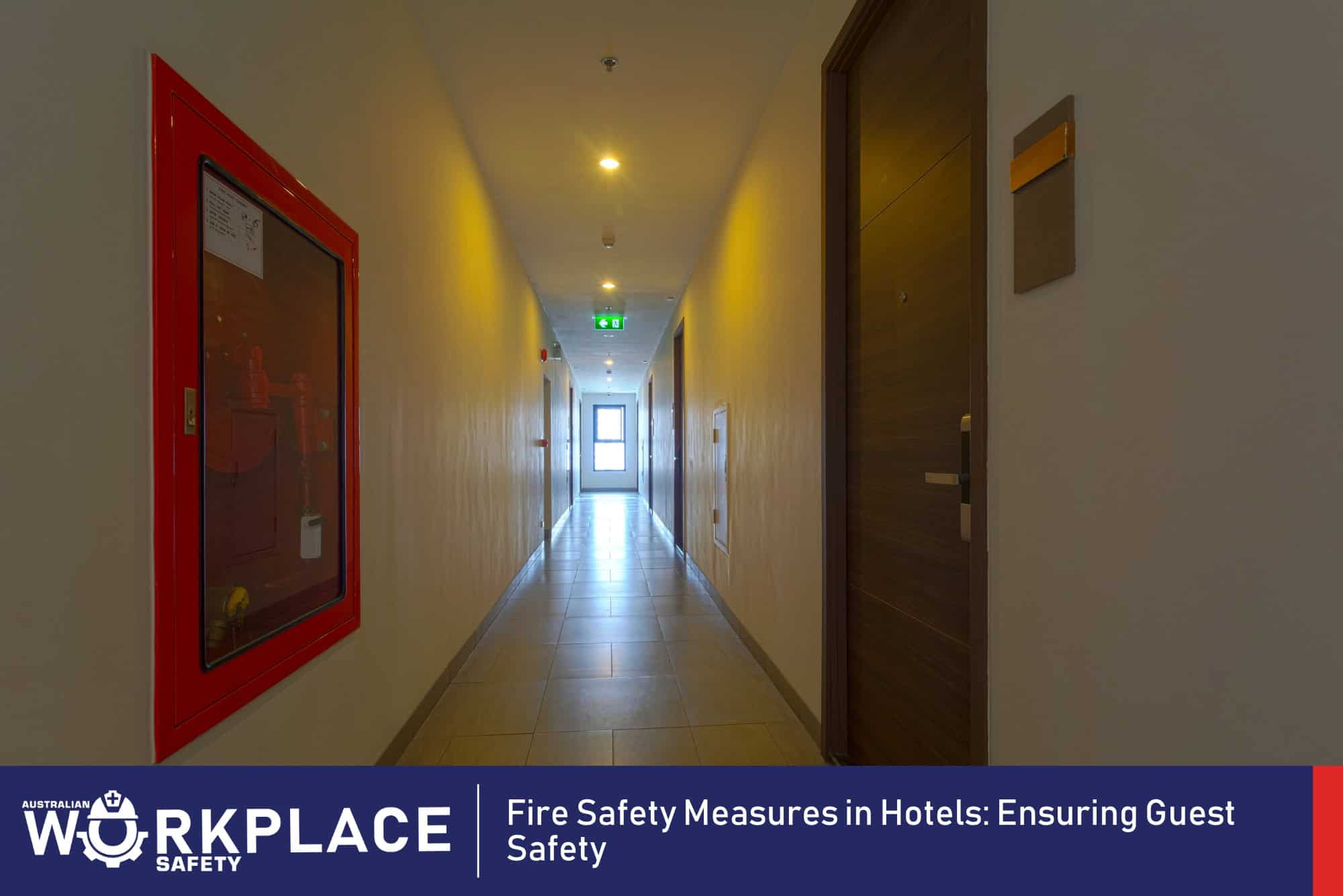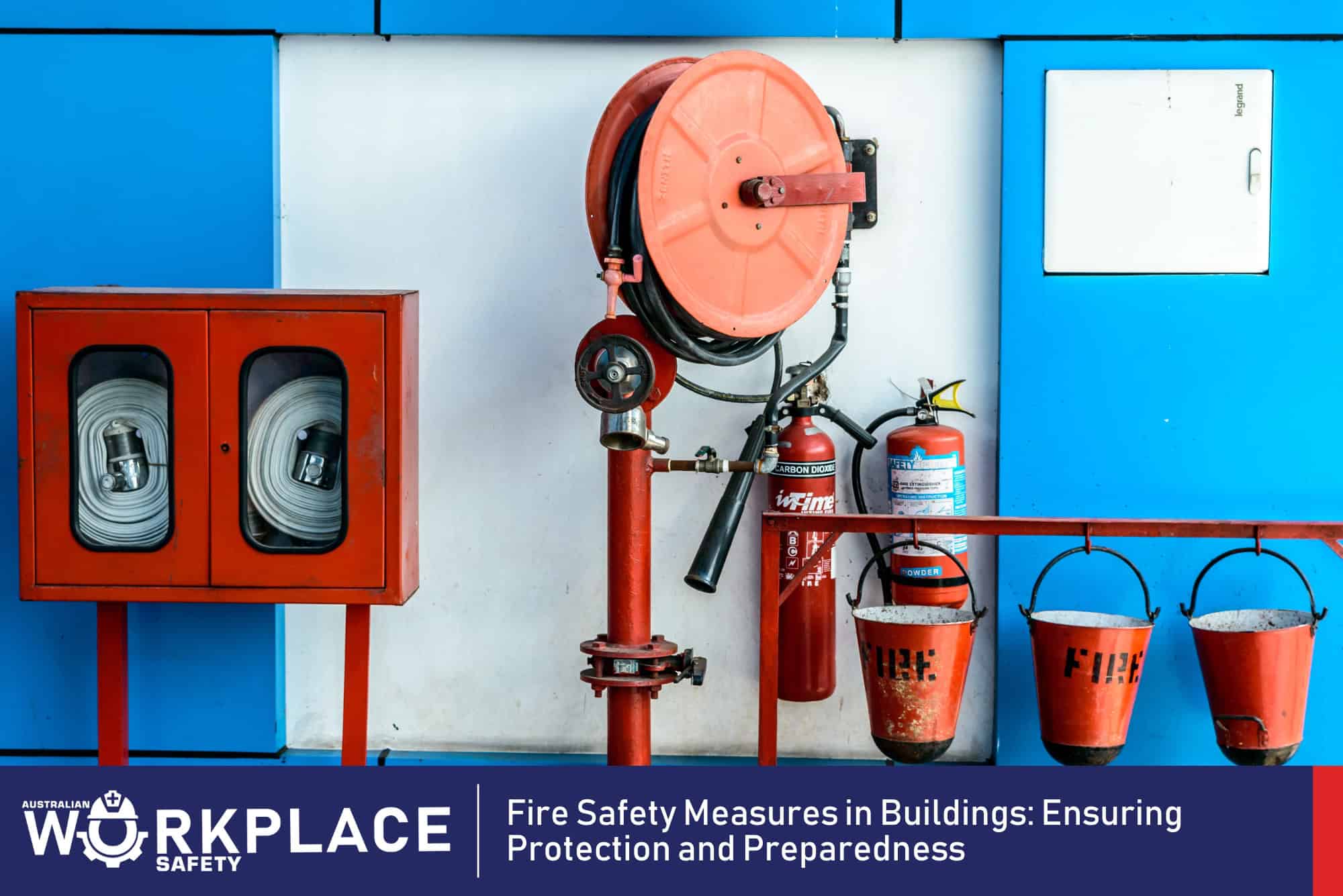Workplace safety is a top priority for organisations across Australia, and one crucial aspect of ensuring a safe work environment is providing adequate first aid training to employees. Accidents and injuries can happen at any workplace, regardless of the industry. Having trained employees who can respond promptly and effectively in emergencies can mean the difference between life and death. In this article, we will explore the vital role of first aid training in workplace safety in Australia and its impact on employee well-being and organisational resilience.
The importance of first aid training
First aid training equips employees with the knowledge and skills to provide immediate assistance to injured or ill co-workers until professional medical help arrives. The ability to administer first aid can significantly reduce the severity of injuries, prevent complications, and even save lives. In workplaces where hazardous conditions are prevalent, first aid training becomes even more critical, as it allows employees to respond appropriately to accidents or health emergencies that may occur.
By fostering a culture of safety and preparedness, first aid training empowers employees to take an active role in ensuring the well-being of their colleagues. Beyond the immediate benefits of injury management, first aid training also enhances overall workplace safety by promoting risk awareness and encouraging proactive safety measures.
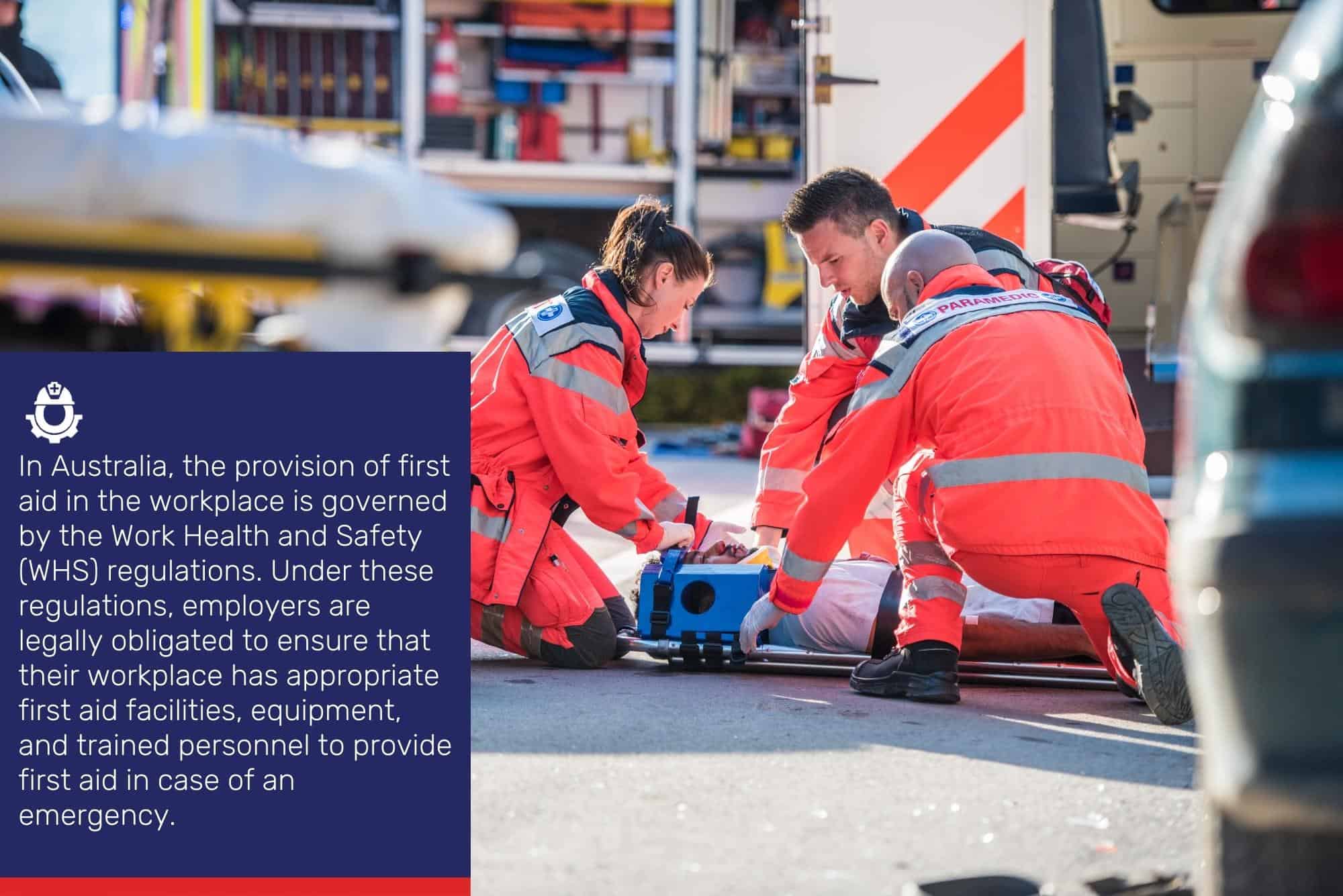
Legal requirements and standards
In Australia, the provision of first aid in the workplace is governed by the Work Health and Safety (WHS) regulations. Under these regulations, employers are legally obligated to ensure that their workplace has appropriate first aid facilities, equipment, and trained personnel to provide first aid in case of an emergency.
The specific requirements for first aid in the workplace vary depending on factors such as the size and nature of the workplace, the number of employees, and the level of risk associated with the work. Employers must conduct a risk assessment to determine the appropriate level of first aid provisions needed.
Compliance with first aid regulations not only ensures legal adherence but also demonstrates an organisation’s commitment to the safety and well-being of its employees.
Types of first aid training
Various levels of first aid training are available, ranging from basic courses suitable for most workplaces to more advanced courses for high-risk industries. Some common types of first aid training include:
Provide First Aid (formerly Senior First Aid)
This comprehensive course covers essential first aid skills, including cardiopulmonary resuscitation (CPR), wound care, management of fractures and sprains, and how to respond to various medical emergencies.
CPR and AED (Automated External Defibrillator) Training
This specialised training focuses on teaching participants how to perform CPR and use an AED, which can be crucial in saving lives during cardiac emergencies.
Emergency First Aid Response in an Education and Care Setting
Designed for those working in childcare and education, this course covers first aid tailored to the needs of children and young people.
Occupational First Aid
This advanced course is suitable for industries with higher risk profiles, such as construction, mining, and manufacturing. It covers a broader range of injuries and medical emergencies and includes training on advanced life support techniques.
Training delivery and certification
First aid training is typically delivered by registered training organisations (RTOs) and qualified instructors. Participants undergo both theoretical and practical training to ensure they are competent in administering first aid.
Upon successful completion of the course, participants receive a nationally recognised Statement of Attainment, certifying their ability to provide first aid in a range of situations. The certification is typically valid for three years, after which participants are required to undergo refresher training to maintain their skills and knowledge up-to-date.
Building a first aid team
In larger workplaces or those with higher risks, it is advisable to establish a designated first aid team. This team comprises employees who have undergone comprehensive first aid training and are readily available to respond to emergencies. Having a designated first aid team enhances emergency preparedness and ensures that there are trained personnel available at all times.
The first aid team should have access to well-equipped first aid kits, AEDs, and other necessary resources. Regular drills and practice scenarios help the team maintain their skills and build confidence in their abilities.
Creating a culture of safety
First aid training goes beyond technical skills; it also plays a significant role in fostering a culture of safety in the workplace. Employees who are trained in first aid are more likely to be aware of potential hazards and take preventive measures to reduce risks.
Moreover, first aid training encourages open communication and teamwork. Employees who are confident in their first aid abilities are more likely to report hazards and incidents promptly, enabling quick intervention and preventing further harm.
Supporting mental health first aid
In recent years, there has been growing recognition of the importance of mental health first aid in workplaces. Mental health first aid training equips employees with the skills to recognise signs of mental health issues, provide initial support, and guide individuals to appropriate resources.
Mental health first aid is particularly relevant in workplaces where stress, pressure, and burnout are common. By supporting employees’ mental well-being, organisations can create a more compassionate and supportive work environment.
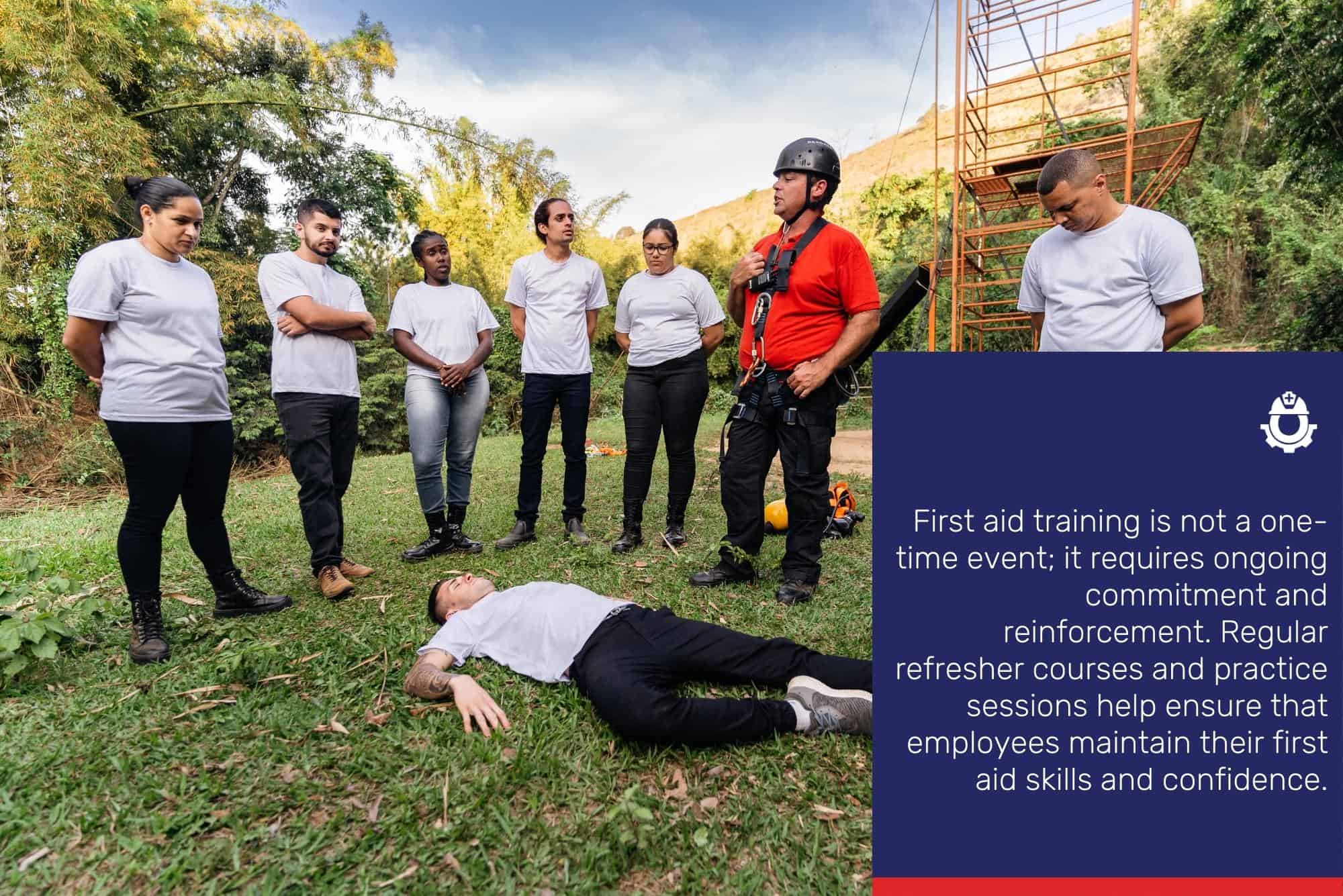
The ongoing commitment to first aid training
First aid training is not a one-time event; it requires ongoing commitment and reinforcement. Regular refresher courses and practice sessions help ensure that employees maintain their first aid skills and confidence. Additionally, organisations should review their first aid provisions periodically to ensure they align with changing workplace needs and risks.
Empowering employees, saving lives
First aid training plays a critical role in workplace safety in Australia. It empowers employees to take immediate action in emergencies, potentially saving lives and reducing the severity of injuries. Complying with first aid regulations is not only a legal requirement but also a demonstration of an organisation’s commitment to employee well-being.
By investing in first aid training and building a first aid team, organisations create a safer and more resilient workplace. A culture of safety and preparedness becomes ingrained in the company’s ethos, promoting proactive risk management and fostering a supportive work environment.
Let us embrace the importance of first aid training and make it an integral part of our workplace safety strategy. Together, we can empower our employees to be confident first aid responders and create a safer and healthier work environment for all. Remember, being prepared can make all the difference when seconds count.
